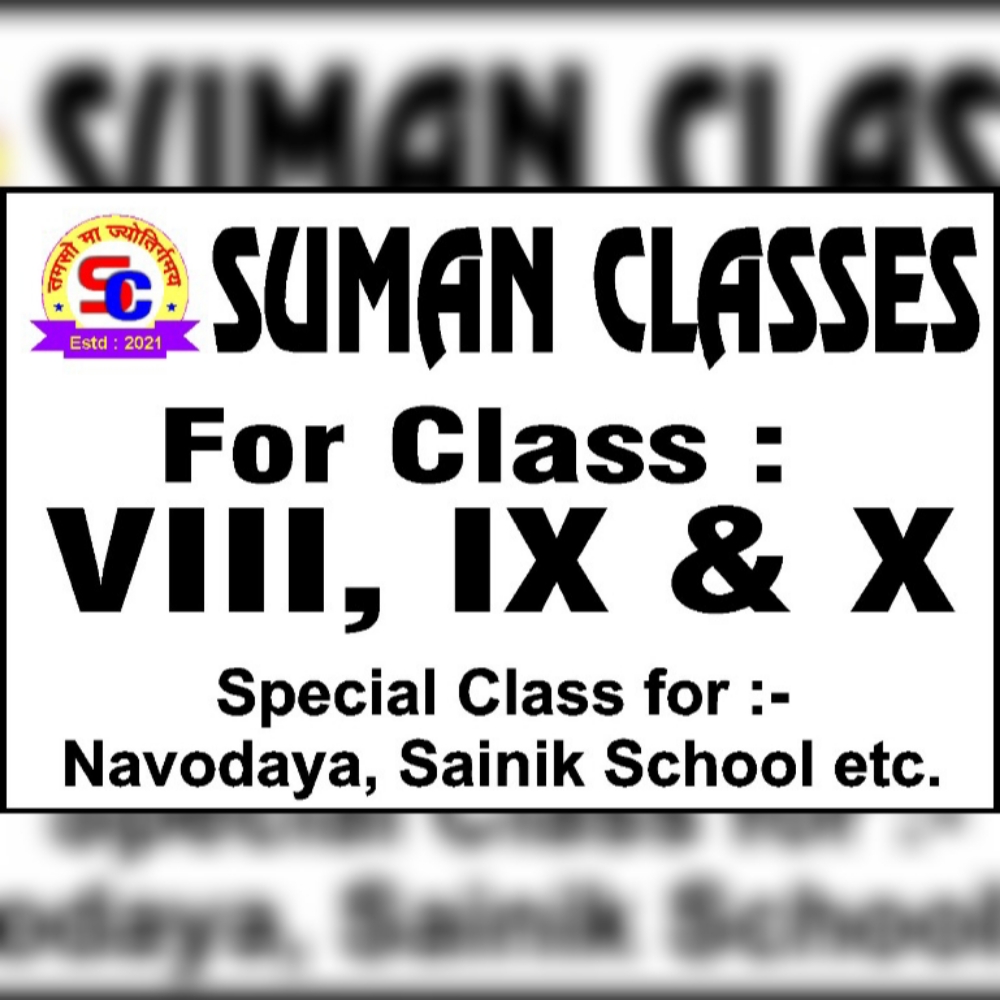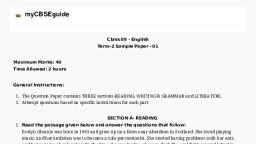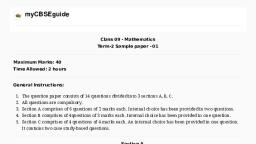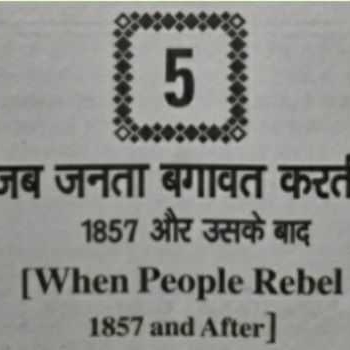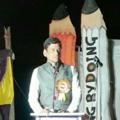Question 1 :
<img style='object-fit:contain' src='https://teachmint.storage.googleapis.com/question_assets/cbse_ncert/61b1d20cf59b460d7261f52b.PNG' />
In ∆ ABC shown in the above fig, D, E and F are respectively the mid-points of sides AB, BC and CA. ∆ ABC is divided into four triangles by joining D, E and F. How many of these triangles are congruent ?
Question 2 :
P and Q are the mid-points of the opposite sides AB and CD of a parallelogram ABCD. AQ intersects DP at S and BQ intersects CP at R. What type of quadrilateral would be PRQS?
Question 3 :
E and F are respectively the mid-points of the non-parallel sides AD and BC of a trapezium ABCD. What would be the value of EF?
Question 4 :
<img style='object-fit:contain' src='https://teachmint.storage.googleapis.com/question_assets/cbse_ncert/61b1d200f59b460d7261f51a.PNG' />
Which of the fig shown above is a parallelogram ?
Question 5 :
Can all the four angles of a quadrilateral be obtuse angles?
Question 6 :
<img style='object-fit:contain' src='https://teachmint.storage.googleapis.com/question_assets/cbse_ncert/61b1d20bf59b460d7261f529.PNG' />
In the above fig, ABCD is a parallelogram in which P and Q are mid-points of opposite sides AB and CD. If AQ intersects DP at S and BQ intersects CP at R, then PSQR is a _______________.
Question 8 :
P, Q, R and S are respectively the mid-points of sides AB, BC, CD and DA of quadrilateral ABCD in which AC = BD and $AC\perp BD$.What type of quadrilateral is PQRS?
Question 9 :
<img style='object-fit:contain' src='https://teachmint.storage.googleapis.com/question_assets/cbse_ncert/61b1d215f59b460d7261f538.PNG' />
In ∆ ABC and ∆ DEF in the above fig, AB = DE, AB || DE, BC = EF and BC || EF. Vertices A, B and C are joined to vertices D, E and F respectively. Quadrilateral BEFC is a ______________
Question 10 :
<img style='object-fit:contain' src='https://teachmint.storage.googleapis.com/question_assets/cbse_ncert/61b1d204f59b460d7261f520.PNG' />
Using the above fig, we can say that if each pair of opposite sides of a quadrilateral is equal, then it is a _______________.
Question 11 :
If ABCD is a quadrilateral in which $AB\parallel DC$ and AD = BC, then which of the following statement is true?
Question 12 :
ABCD is a parallelogram. If its diagonals are equal, then find the value of $\angle ABC$.
Question 13 :
P is the mid-point of the side CD of a parallelogram ABCD. A line through C parallel to PA intersects AB at Q and DA produced at R. Which statement is true for the following condition?
Question 14 :
State true or false : A line drawn through the mid-point of a side of a triangle parallel to another side bisects the third side.
Question 15 :
A diagonal of a parallelogram divides it into two ____________ triangles.
Question 16 :
<img style='object-fit:contain' src='https://teachmint.storage.googleapis.com/question_assets/cbse_ncert/61b1d20af59b460d7261f528.PNG' />
In the above fig, ABCD is a parallelogram in which P and Q are mid-points of opposite sides AB and CD. If AQ intersects DP at S and BQ intersects CP at R, then APCQ is a ________________.
Question 17 :
If in a quadrilateral, each pair of opposite angles is equal, then it is a ______________.
Question 18 :
In a parallelogram ABCD, AB = 10 cm and AD = 6 cm. The bisector of $\angle A$ meets DC in E. AE and BC produced meet at F. Find the length of CF.
Question 20 :
ABCD is a rhombus in which altitude from D to side AB bisects AB. Find the $\angle ABC$ of the rhombus.
Question 21 :
<img style='object-fit:contain' src='https://teachmint.storage.googleapis.com/question_assets/cbse_ncert/61b1d212f59b460d7261f533.PNG' />
ABCD is a parallelogram shown in the above fig and AP and CQ are perpendiculars from vertices A and C on diagonal BD. Is AP = CQ ?
Question 22 :
According to the Converse of Mid Point theorem, the line drawn through the mid-point of one side of a triangle, parallel to another side ___________ the third side.
Question 23 :
P, Q, R and S are respectively the mid-points of the sides AB, BC, CD and DA of a quadrilateral ABCD in which AC = BD. Quadrilateral formed by joining P,Q,R and S would be
Question 24 :
State true or false : Diagonals of a square bisect each other at right angles and are equal and vice-versa.
Question 25 :
<img style='object-fit:contain' src='https://teachmint.storage.googleapis.com/question_assets/cbse_ncert/61b1d205f59b460d7261f521.PNG' />
Using the above fig, we can say that in a parallelogram, opposite sides are ________.
